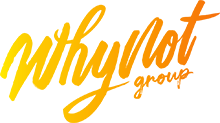A free software is some computer code that can be used devoid of restriction by simply the original users or perhaps by someone else. This can be made by copying this program or adjusting it, and sharing it in various techniques.
The software flexibility movement was started in the 1980s by simply Richard Stallman, who was www.nutnnews.info/technology/avast-premium-review-and-how-it-can-affect-you-2/ concerned that proprietary (nonfree) software constituted a form of oppression for its users and a violation of their moral rights. He developed a set of four freedoms for the purpose of software for being considered free:
1 ) The freedom to improve the software.
This can be the most basic in the freedoms, and it is the one that constitutes a free application useful to people. It is also the freedom that allows several users to share their modified variant with each other plus the community at large.
2 . The liberty to study this program and learn how it works, in order to make changes to it to slip their own intentions.
This liberty is the one that most of the people think of when they notice the word “free”. It is the flexibility to upgrade with the system, so that it does what you want this to do or stop doing something you don’t like.
5. The freedom to distribute clones of your altered versions in front of large audiences, so that the community at large can usually benefit from your improvements.
This freedom is the most important in the freedoms, and it is the freedom that makes a free course useful to their original users and to someone else. It is the liberty that allows a team of users (or individual companies) to develop true value added versions on the software, which often can serve the needs of a certain subset of the community.
